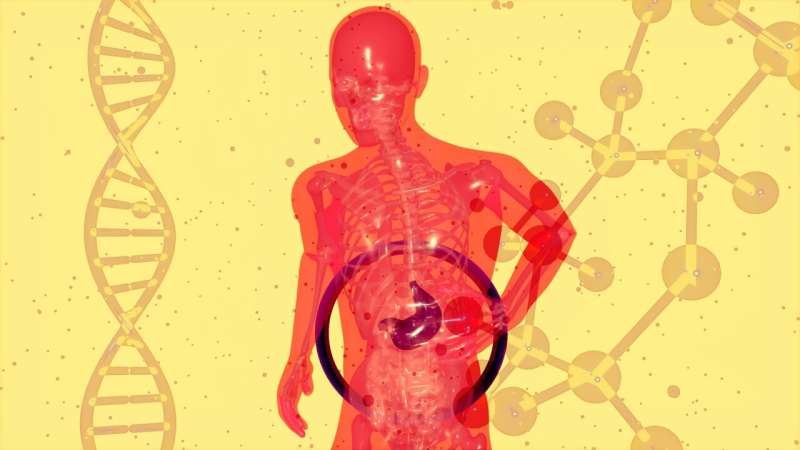Groundbreaking Study Unveils How the Heart Forms During Early Embryonic Development

New research uncovers how the heart forms from two distinct cell populations during embryo development, opening new paths for understanding congenital heart defects and regenerative therapies.
Recent research published in the journal Developmental Cell provides new insights into the earliest stages of heart formation in embryos. Led by scientists from the Centro Nacional de Investigaciones Cardiovasculares (CNIC), the study reveals that the heart originates from two distinct cell populations that develop independently but in a coordinated manner from the very beginning of embryogenesis, specifically during gastrulation—the critical phase where the embryo starts organizing its cellular layers.
This discovery is significant because it enhances our understanding of how the heart’s structure is established from its earliest formation, which could have implications for identifying the roots of congenital heart defects. Moreover, it opens new avenues for regenerative medicine and tissue engineering. The research employed advanced microscopy, cell tracing techniques, and in vitro mouse embryo cultures to determine that cardiomyocytes (heart muscle cells) and endocardial endothelial cells (which line the inner surfaces of the heart) arise from separate regions of the mesoderm, one of the embryo’s primary germ layers.
Despite their separate origins, these cell types migrate in a synchronized manner toward the area where the primitive heart tube begins to develop, demonstrating highly precise organizational mechanisms even at a stage before visible structures form. This synchronized migration underscores the complexity of early embryonic processes and the importance of cellular coordination.
Interestingly, the study also found that these early cell populations retain the potential to contribute to other organs, highlighting their versatility in embryogenesis. The researchers emphasize the importance of fundamental science in uncovering mechanisms that could ultimately advance medical science, including improvements in regenerative therapies.
For more details, the full study can be accessed here: https://dx.doi.org/10.1016/j.devcel.2025.05.002. This research not only deepens our understanding of heart development but also underscores the intricate organization and remarkable versatility of early embryonic cells.
Source: https://medicalxpress.com/news/2025-05-reveal-heart-earliest-stages-embryonic.html
Stay Updated with Mia's Feed
Get the latest health & wellness insights delivered straight to your inbox.
Related Articles
PHOx: A Groundbreaking Safer Polymer for Implantable Medical Devices
Researchers from the University of Liège have developed PHOx, a safer, environmentally friendly polymer for implantable medical devices that offers improved biocompatibility and customizable manufacturing options.
Microbial DNA Signatures Distinguish Primary Liver Cancer from Metastatic Colorectal Cancer
A groundbreaking study reveals that microbial DNA signatures in blood plasma can accurately distinguish primary liver cancer from metastatic colorectal cancer, offering new hope for noninvasive cancer diagnostics and personalized treatment approaches.
The Dangers of Freeze Branding: An Irreversible and Harmful Body Modification Technique
Freeze branding is a dangerous body modification technique that can cause serious, irreversible harm. While initially developed for animals, its use on humans poses significant health risks including severe burns, scarring, and increased cancer risk. Safer alternatives are highly recommended.



